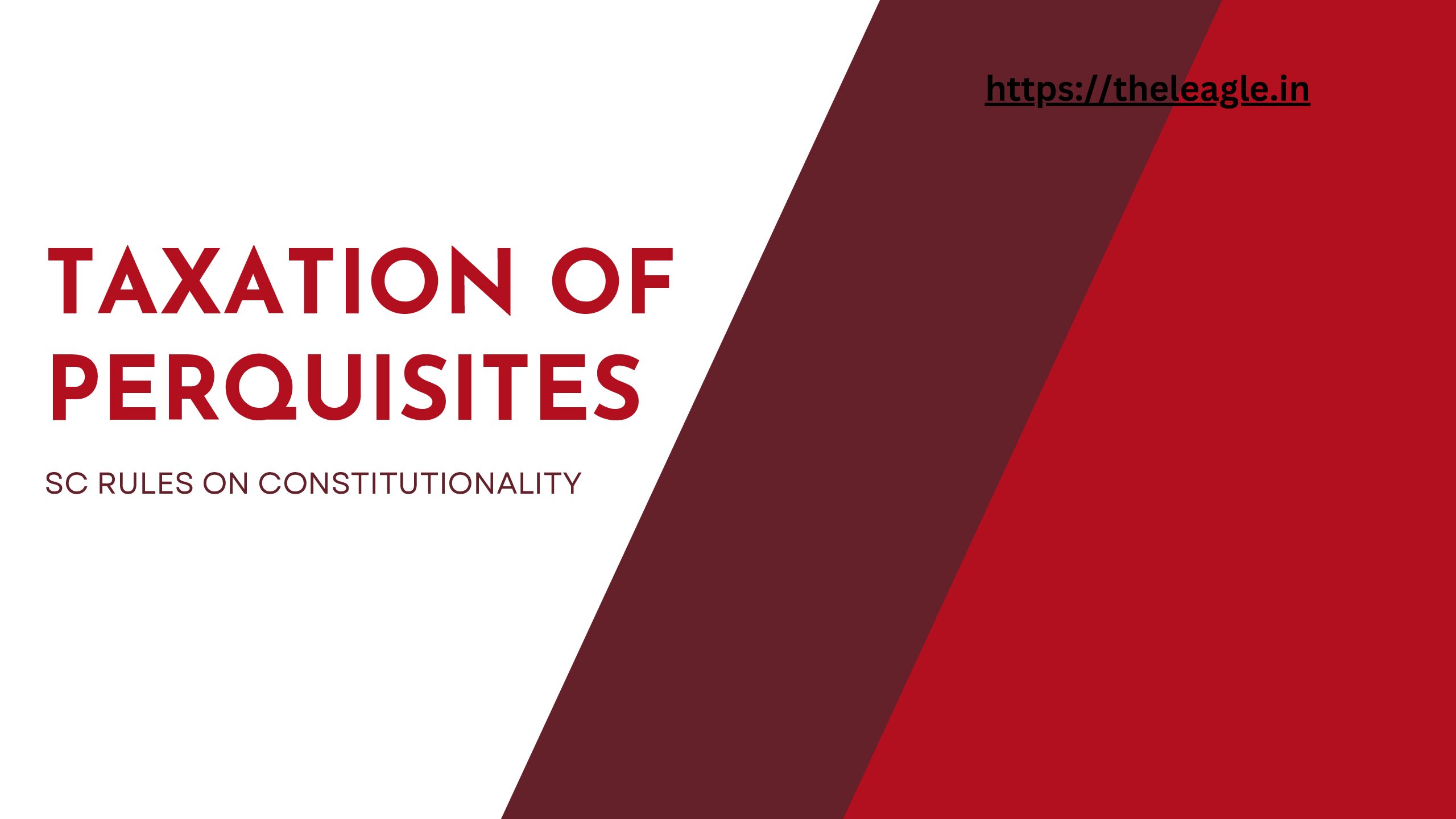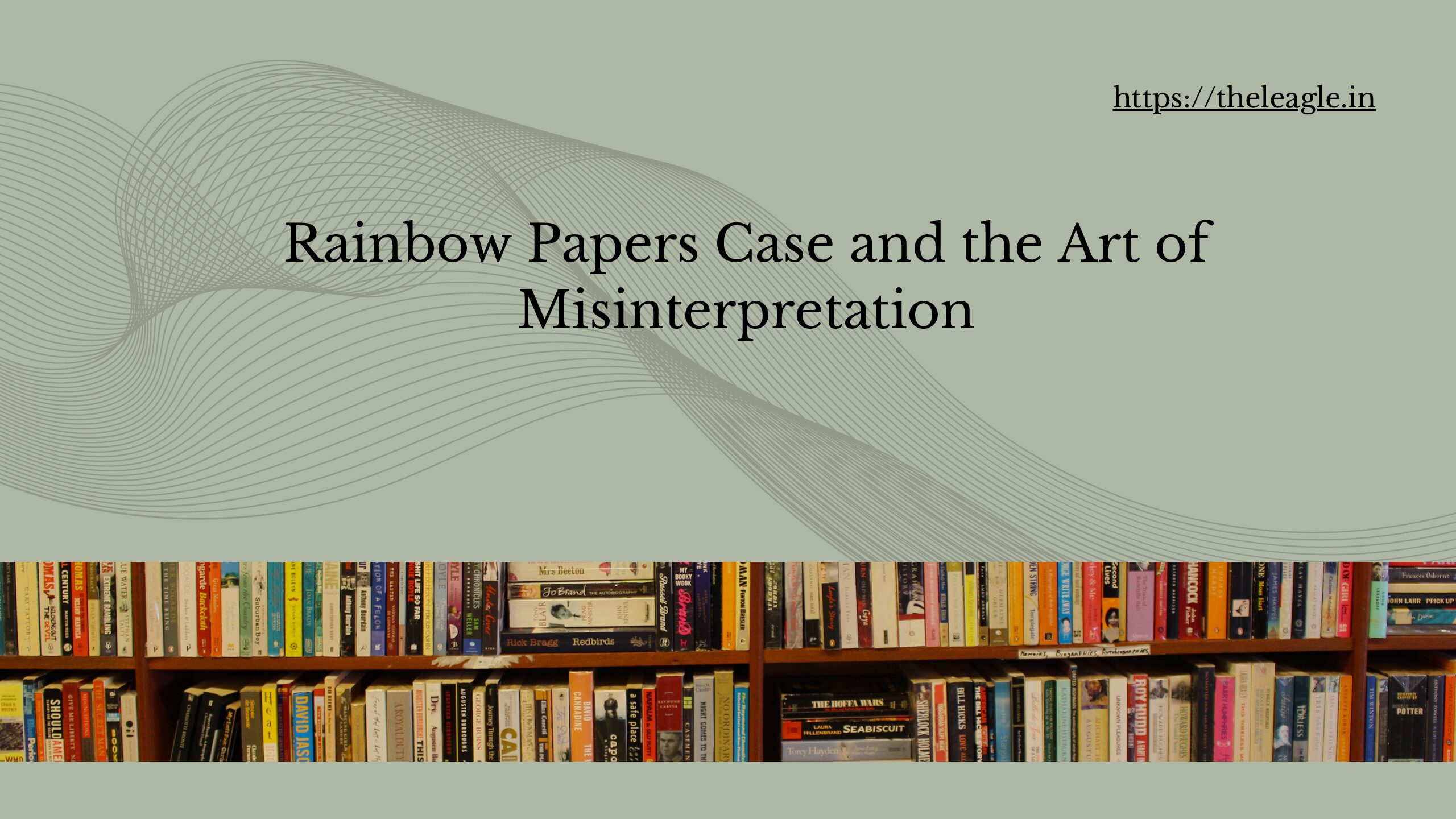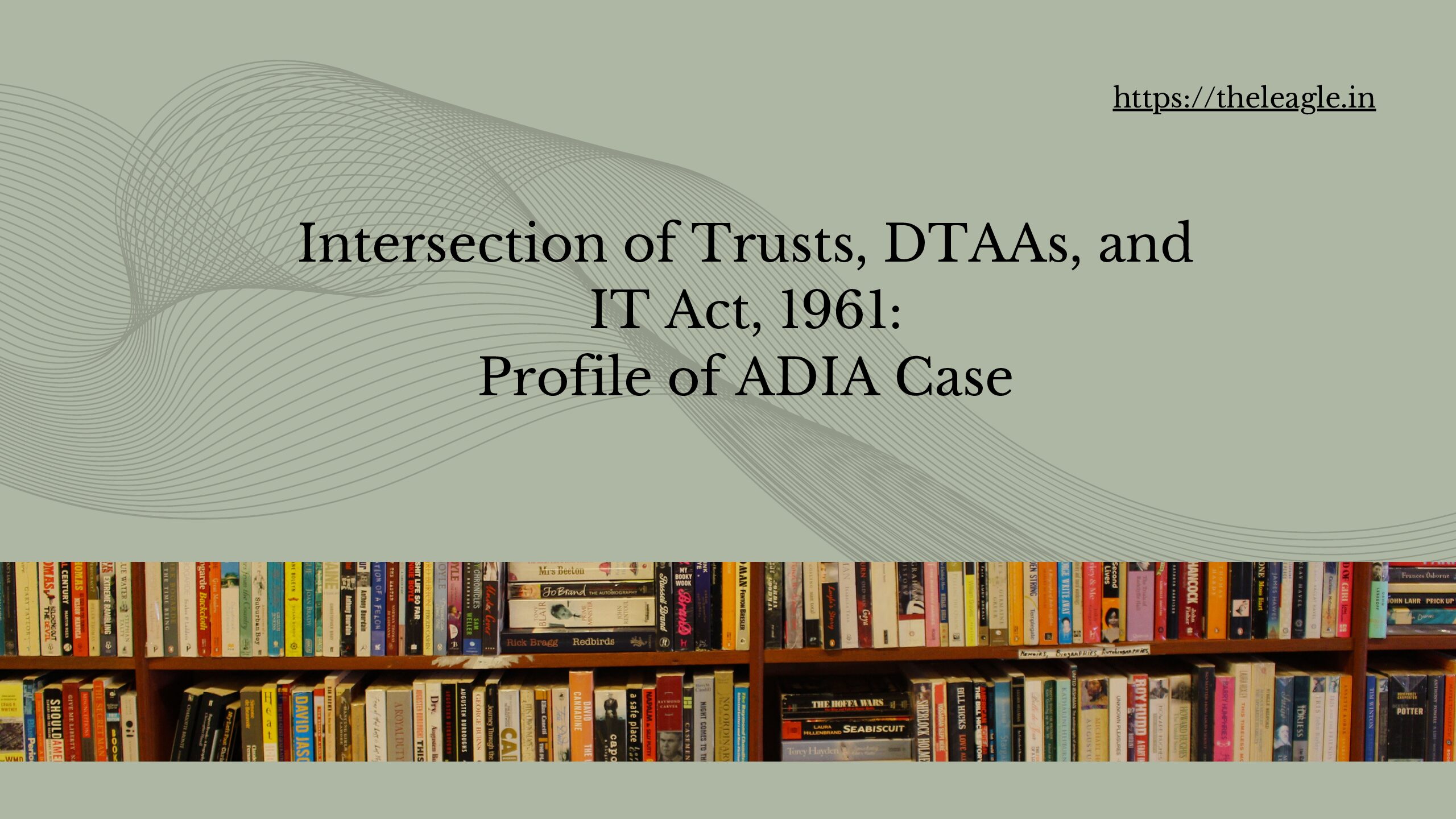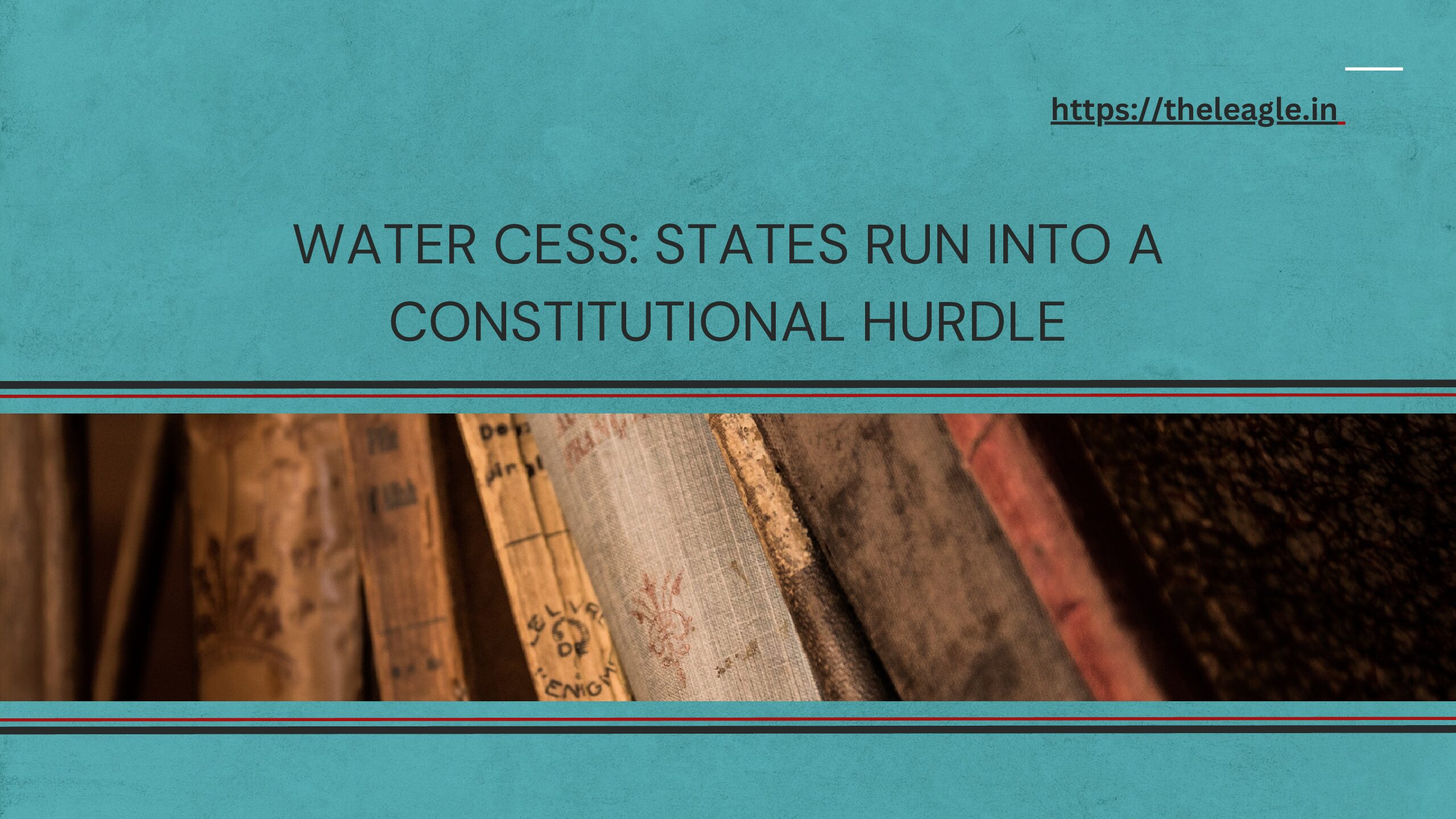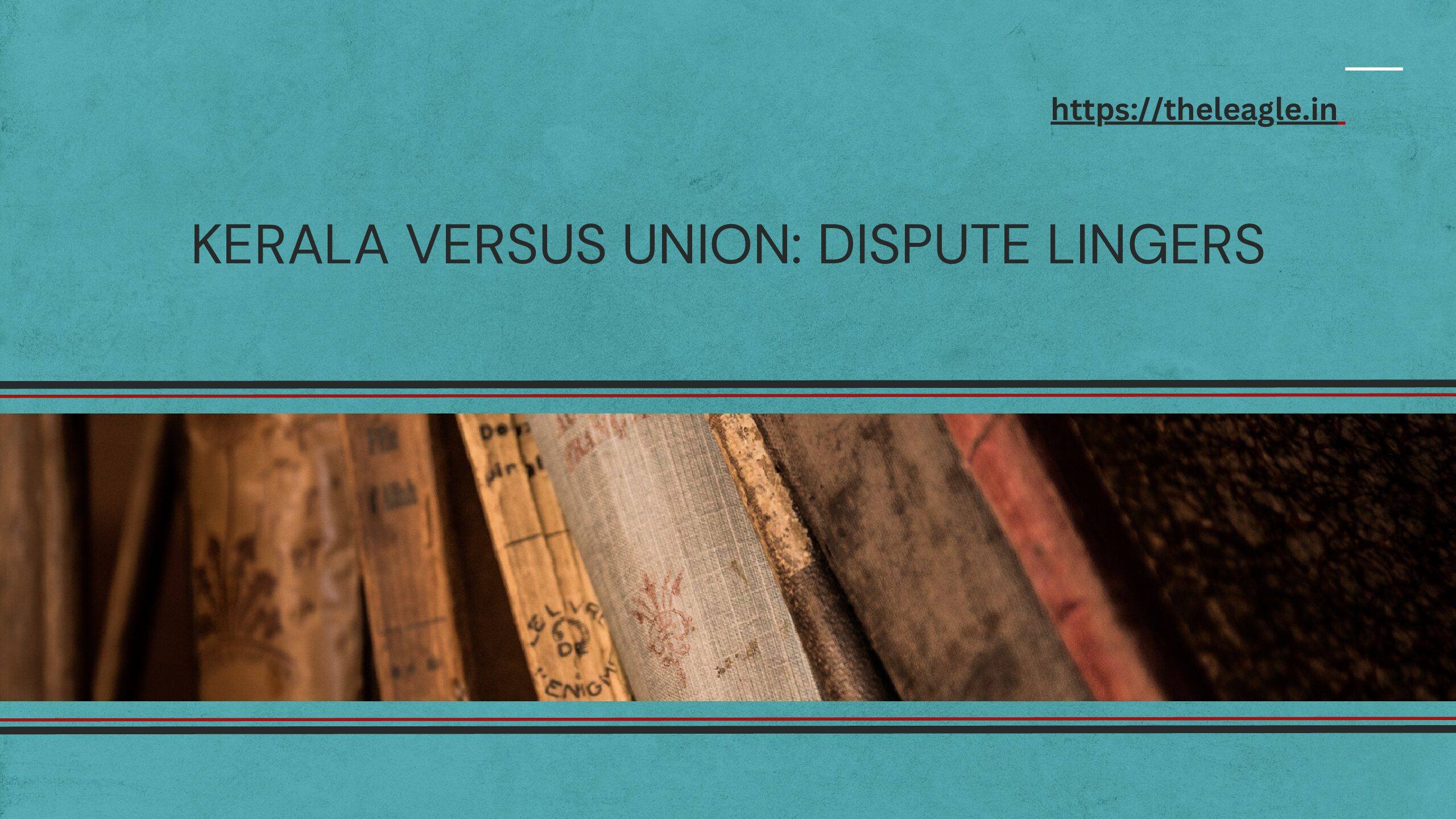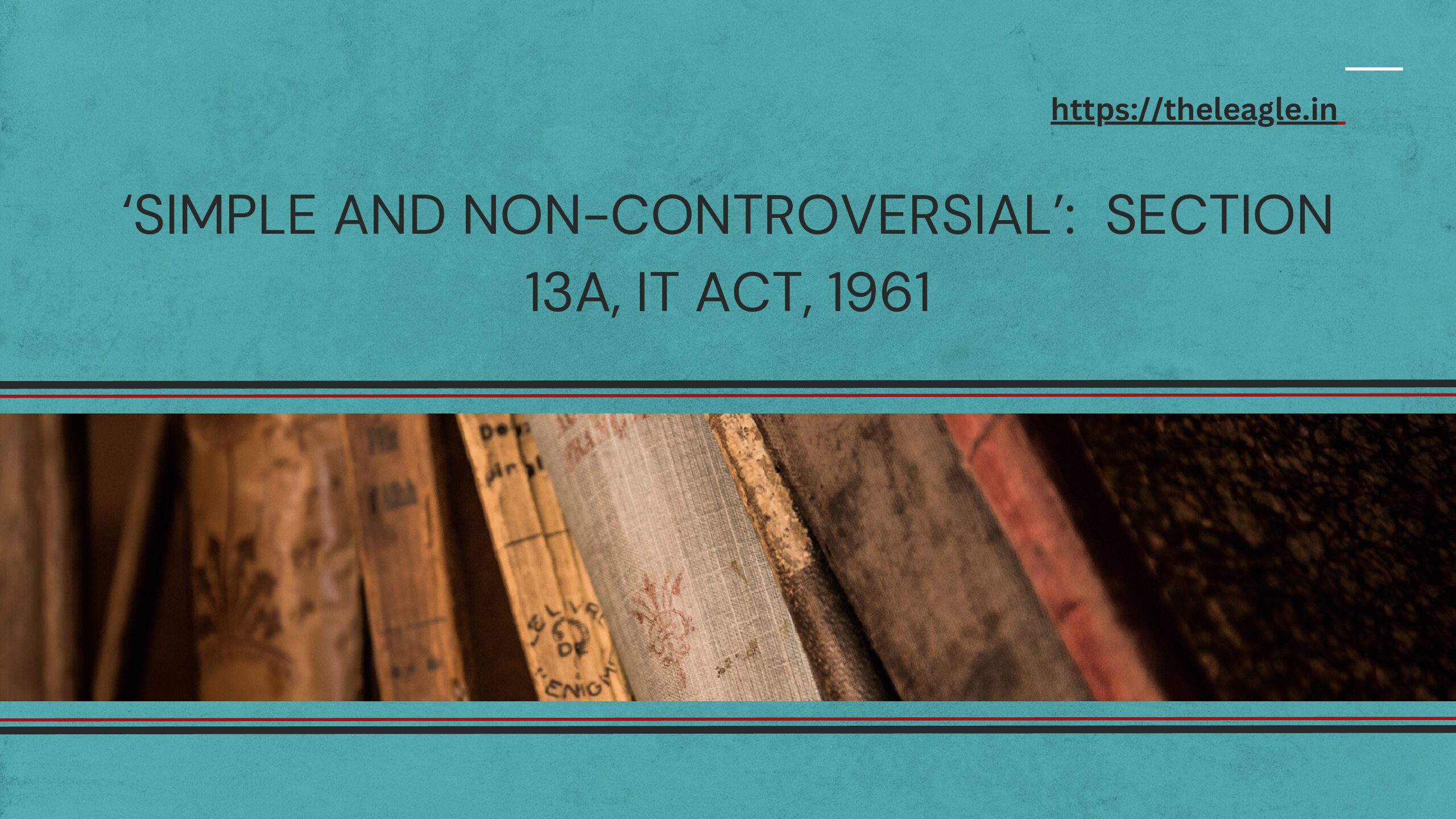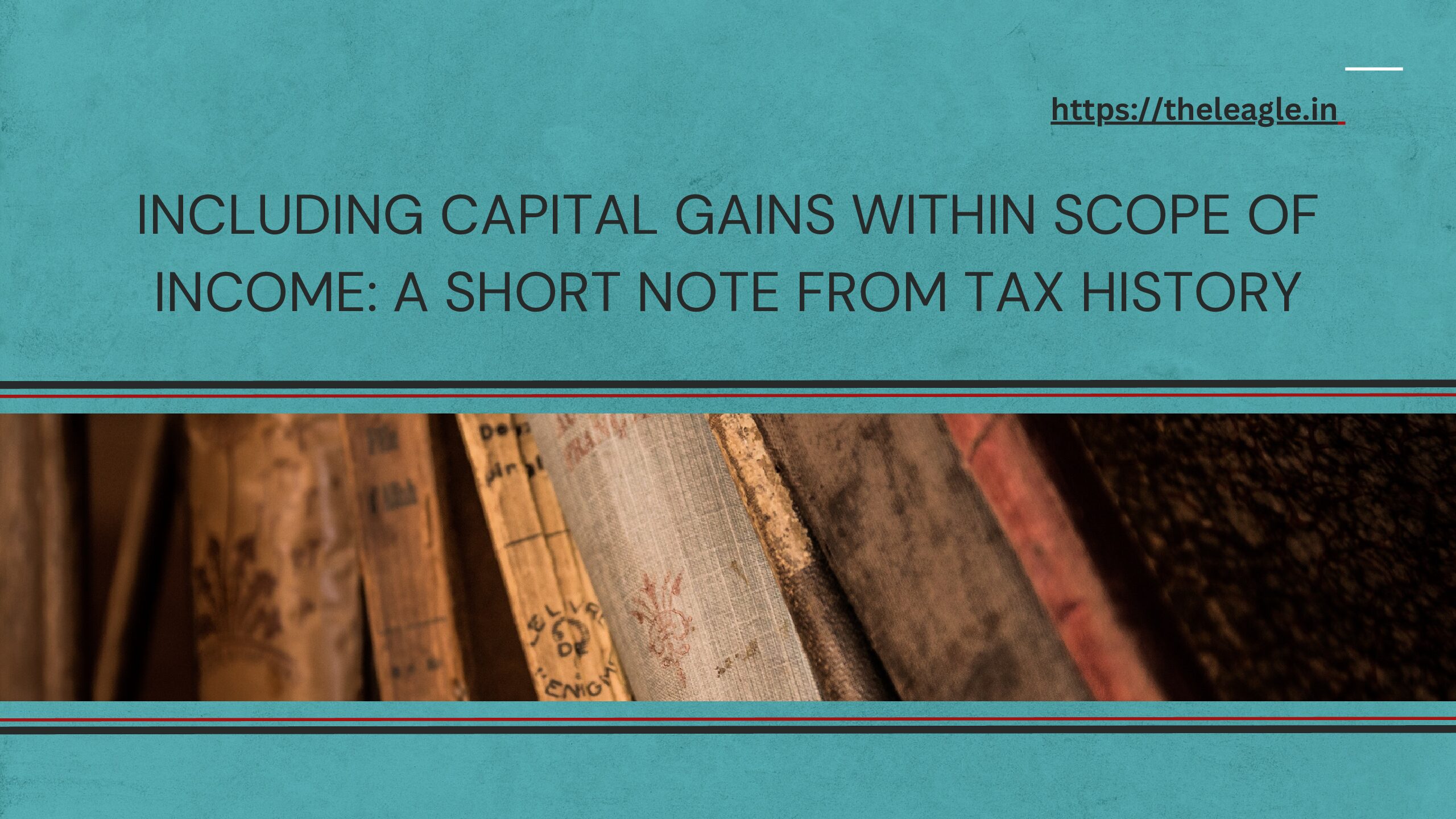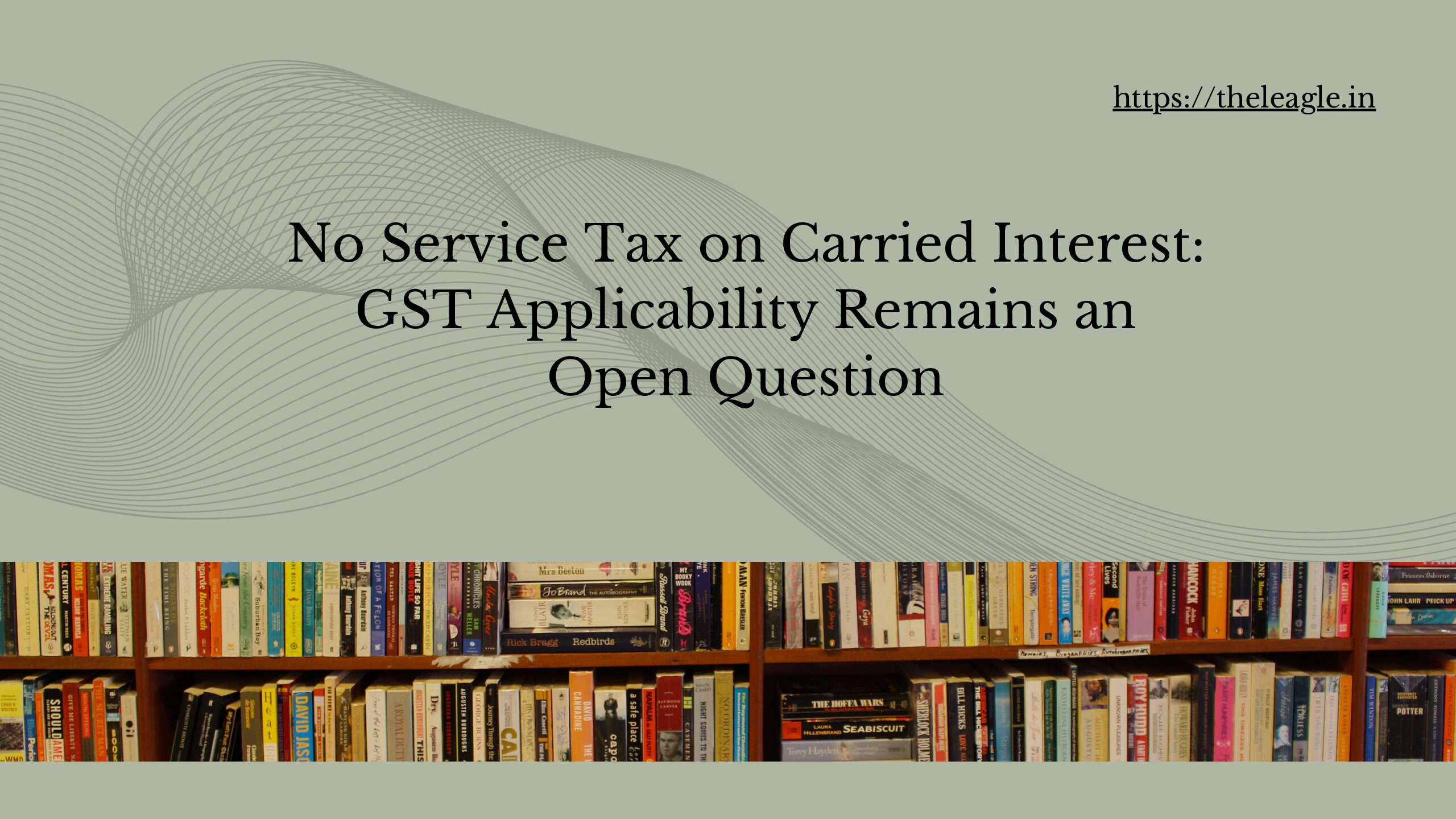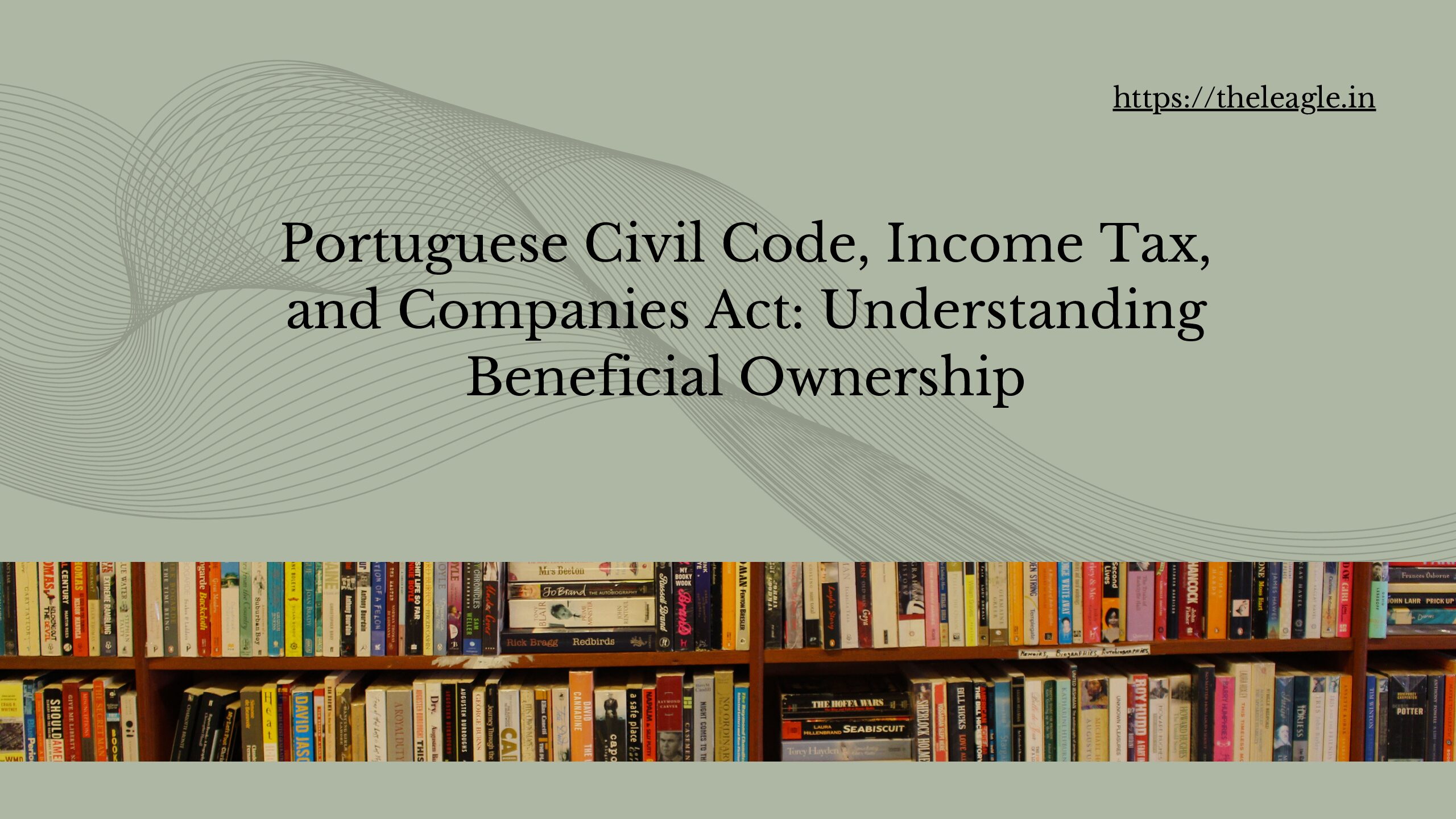Challenge
In a recent judgment, the Supreme Court ruled on constitutionality of Section 17(2)(viii), IT Act, 1961 and Rule 3(7)(i), IT Rules, 1962 which include concession loans under perquisites and provided for their valuation respectively.
Section 17(2) defines perquisites to include various perks under different clauses. Section 17(2)(viii) is a residuary clause which empowers the executive to include other perks and uses the phrase: ‘as may be prescribed’. Rule 3, IT Rules, 1962 prescribes the additional amenities and benefits that are taxable as perquisites. Rule 3(7)(i) provides that interest-free/concessional loans provided by a bank to its employees are taxable as fringe benefits or amenities if the interest charged on such loans is less than the Prime Lending Rate charged by the State Bank of India.
Both the provisions – Section 17(2)(viii), IT Act, 1961 and Rule 3(7)(i), IT Rules, 1962 – were challenged on the ground of excessive and unguided delegation of essential legislative function to the Central Board of Direct Taxes (‘CBDT’). Rule 3(7)(i) was also challenged for being arbitrary as it made the Prime lending Rate charged by the SBI as the benchmark lending rate.
SC Decides: Not Unconstitutional
Supreme Court examined the scope of Section 17 and noted that while the various clauses had included different kinds of perquisites in its scope, clause (viii) as a residuary clause had deliberately left it to the rule making authority to tax ‘any other fringe benefit or amenity’ by promulgating a rule. And it was in exercise of this power that Rule 3(7)(i) of IT Rules, 1962 was enacted. The effect of the Rule was two-fold: first, interest-free/concession loans were included in the definition of perquisite; second, the valuation rule suggested that the value of loan was to be calculated as per the Prime Lending Rate charged by the State Bank of India.
The Supreme Court elaborated on the meaning of the term perquisite and noted that it should be assigned the meaning as in common parlance. It also cited a few judicial decisions and held that perquisite can be understood to mean a privilege or gain related to employment. And based on this understanding a concessional/interest-free loan will certainly qualify as a perquisite. (para 19)
The other questions were whether Section 17(2)(viii) read with Rule 3(7)(i) led to delegation of essential legislative function. Relying on Birla, Cotton, Spinning and Weaving Mills case, the Supreme Court noted that essential delegated legislative function means the determination of legislative policy. And that as per relevant judicial precedents, allowing executive freedom to determine whom to tax and finalizing tax rates was not delegation of essential legislative function. In the impugned case, the Supreme Court observed that the legislative policy was encoded in Section 17, and the rule making power was not boundless. The rule making body under Section 17(2)(viii) was bound to include only a perquisite within the ambit of taxation. And it was in pursuance of the policy provided in the main legislation, that Rule 3(7)(i) makes an interest-free/concession loan taxable.
Supreme Court cited a bunch of judicial precedents where Courts have held that a delegated legislation is not unconstitutional if the essential legislative function is not delegated. And it concluded:
We are of the opinion that the enactment of subordinate legislation for levying tax on interest free/concessional loans as a fringe benefit is within the rule- making power under Section 17(2)(viii) of the Act. Section 17(2)(viii) itself, and the enactment of Rule 3(7)(i) is not a case of excessive delegation and falls within the parameters of permissible delegation. Section 17(2) clearly delineates the legislative policy and lays down standards for the rule-making authority. (para 31)
The Supreme Court was right in stating that the essential legislative function was not delegated by Section 17(2)(viii) as perquisite was defined, and the phrase ‘as may be prescribed’ was to be interpreted in the context of the preceding clauses and was not unregulated for the executive to include any benefits within the meaning of perquisite. And an interest-free loan/concession loan was certainly a perquisite as per common understanding of the term.
Rule 3(7)(i), IT Rules, 1962: Not Arbitrary
The final question that the Supreme Court had to decide was whether Rule 3(7)(i), IT Rules, 1962 was arbitrary because it used the Prime Lending Rate by State Bank of India as the benchmark in comparison to the rate of interest charged by other banks. (paras 32-34) While the Supreme Court did not articulate the argument of petitioner’s in full, it seems the petitioner wanted the interest rates of their banks to be the benchmark instead of the interest rate of one bank of which many may not be employees. The Supreme Court decided this question in favor of the State and held that using the SBI interest rate as benchmark was neither arbitrary nor unequal exercise of power. The Supreme Court’s conclusion rested on two reasons: first, that benchmarking all concession/interest-free loans ensured consistency in application and provided certainty on the amount to be taxed. And tax efficiency was promoted through certainty and simplicity; second, that in matters of taxation law the legislature deserves a wider latitude since taxation law deal with complex and contingent issues.
Both the above reasons are not beyond reproach, but the latter certainly has acquired a cult-like status in cases involving challenges to constitutionality of provisions of a tax statute. The assumption that tax laws are complex is a half-truth as taxation laws do try to address multi-faceted problems, but not every tax provision is ‘complex’ for it to warrant a hands-off approach by the judiciary. Also, I would suggest that ‘complexity’ is a feature of most laws in today’s complex regulatory and economic law environment. Thus, there is a danger of courts not scrutinizing taxation laws/provisions adequately before dismissing challenges to their constitutionality. Perhaps the doctrine of wide leeway to legislature in matters of tax law needs a small course correction and a rescrutiny of its rationale.
